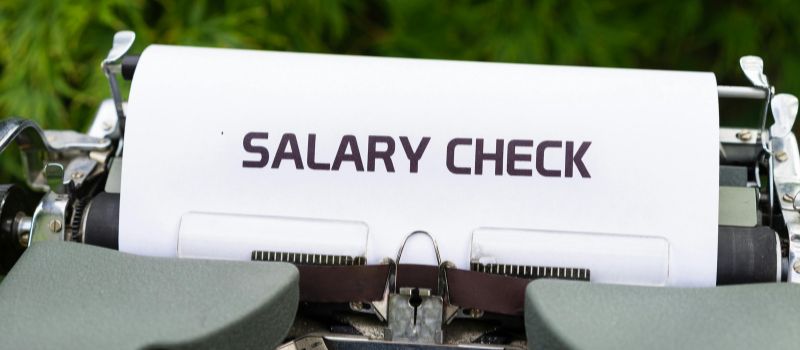Day camps are common during the summer months. Many parents enroll their children in a day camp or pay for day care so they can work or look for work. If this applies to you, your costs may qualify for a federal tax credit.
10 Things to Know About the Child and Dependent Care Credit
1. Care for Qualifying Persons
Your expenses must be for the care of one or more qualifying persons. Your dependent child or children under age 13 generally qualify.
2. Work-related Expenses
Your expenses for care must be work-related. In other words, you must pay for the care so you can work or look for work. This rule also applies to your spouse if you file a joint return. Your spouse meets this rule during any month they are a full-time student. They also meet it if they are physically or mentally incapable of self-care.
3. Earned Income Required
You must have earned income. Earned income includes:
- Wages
- Salaries
- Tips
- Net earnings from self-employment

Your spouse must also have earned income if you file jointly. Your spouse is treated as having earned income for any month that they are a full-time student or incapable of self-care.
4. Joint Return if Married
Generally, married couples must file a joint return. You can still take the credit, however, if you are legally separated or living apart from your spouse.
5. Type of Care
You may qualify for the credit whether you pay for care:
- At home
- At a daycare facility
- At a day camp
6. Credit Amount
The credit is worth between 20 and 35 percent of your allowable expenses. The percentage depends on your income.
7. Expense Limits
The total expense that you can use in a year is limited to:
- $3,000 for one qualifying person
- $6,000 for two or more qualifying persons
8. Certain Care Does Not Qualify
You may not include the cost of certain types of care for the tax credit, including:
- Overnight camps or summer school tutoring costs
- Care provided by your spouse or your child who is under age 19 at the end of the year
- Care given by a person you can claim as your dependent
9. Keep Records and Receipts

Keep all your receipts and records for when you file taxes next year.
You will need the name, address, and taxpayer identification number of the care provider. You must report this information when you claim the credit on Form 2441, Child and Dependent Care Expenses.
10. Dependent Care Benefits
Special rules apply if you get dependent care benefits from your employer.
Keep in mind this credit is not just a summer tax benefit. You may be able to claim it at any time during the year for qualifying care.
Frequently Asked Questions
Who qualifies for the Child and Dependent Care Credit?
To qualify, the care expenses must be for a dependent child under age 13 or a person incapable of self-care. Additionally, the care must enable you (and your spouse if filing jointly) to work or look for work.
Can I claim the credit if I pay for a summer day camp?
Yes, the cost of a summer day camp qualifies as long as the camp is not an overnight camp and the purpose is to allow you to work or look for work.
Do both parents need to have earned income to claim the credit?
If you’re married and filing jointly, both spouses generally need to have earned income. However, a spouse is considered to have earned income during any month they are a full-time student or unable to care for themselves.
How much is the Child and Dependent Care Credit worth?
The credit ranges from 20% to 35% of your qualifying expenses, depending on your income. The maximum expense limits are $3,000 for one child or $6,000 for two or more children.
What records do I need to claim this credit?
You must keep receipts and the provider’s information, including name, address, and taxpayer identification number, and report it when filing Form 2441 with your tax return.

